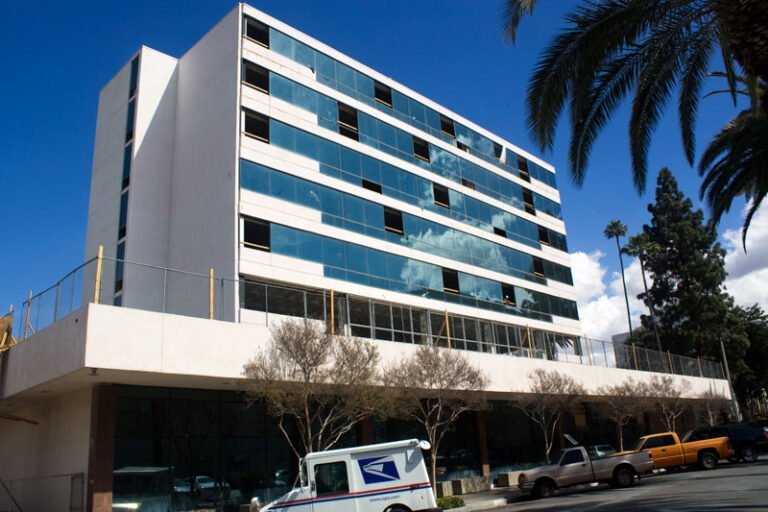The battle for DHL

With $1.2 billion in expansion planned for the U.S., worldwide cargo-giant DHL has announced intentions to locate its California hub at one of three Inland Southern California airfields, each of which are aggressively vying to land the proposed air cargo hub.
Each of the three airfields (Ontario Int’l, San Bernardino Int’l and March GlobalPort) have both advantages as well as disadvantages. As it stands now, it appears all three are running even in the selection process. Regardless of which airfield is selected, however, the entire Inland area will benefit from the economic boon that a cargo hub brings to the local economy.
So, with that in mind, let’s take a look at the three contenders.
March GlobalPort
Situated 7 miles southeast of downtown Riverside off Interstate 215 and Highway 60, March GlobalPort is the civilian portion of the U.S. military’s March Air Reserve Base. The base, established in 1918 as March Field, has Southern California’s longest paved runway (13,500 ft) and has ample land for build-to-suit cargo facilities.
Realigned as a reserve base in 1996 by the BRAC commission, the former March Air Force Base has played a key role in the nation’s military defense, including being a key SAC base during the Cold War. The base currently serves all branches of the U.S. military and is home to the 452nd Air Mobility Wing as well as the Southwest Interdiction Unit of U.S. Customs.
An agreement between the U.S. military allows joint-use of the airfield by March GlobalPort, thus allowing for cost-sharing advantages not available at either Ontario or San Bernardino. However, some neighborhood opposition has surfaced recently with regards to post-midnight flights.
San Bernardino Int’l Airport
Established in 1941 as San Bernardino Army Air Field, SBIA spent nearly 50 years — mostly under the Norton Air Force Base moniker — serving the nation’s military as a major airlift facility. The base, which was selected for closure during the initial BRAC hearings in 1988, was deactivated in 1994.
Situated a few miles east of downtown San Bernardino near Interstates 10 and 215, SBIA has the shortest available runway (10,000 ft) of the three contenders. However, it has the backing of a major national developer (Dallas-based Hillwood) and has faced little oppostion from neighbors.
And, in what could be a precursor to a final selection, DHL recently selected SBIA for a temporary cargo-sorting facility until a permanent one can be built at one of the three airfields.
Ontario Int’l Airport
As the area’s primary commercial airport, ONT is well-positioned in the air cargo industry. The airport already serves FedEx and houses the West Coast hub for UPS. The airport has 2 runways (12,198 and 10,200 ft) and sits at the confluence of Interstates 10 and 15.
Established in 1923 as Latimer Field (renamed Ontario Municipal Airport in 1929), ONT has been serving commercial carriers since 1949 and has been part of the Los Angeles World Airport system since 1967. Currently, ONT serves nearly 7 million passengers via two recently-built (1998), state-of-the-art passenger terminals.
As an already established commercial/cargo airfield, ONT offers both advantages as well as disadvantages over the other two contenders. Land surrounding the field is at a premium and operating costs are higher. Likewise, it is yet to be seen whether the bureaucracy of the City of Los Angeles will be an advantage or a hindrance for landing DHL.
Related
- Riverside Press-Enterprise – Three choices for one reward (Sept. 22)
- San Bernardino Sun – SB airport faces two rivals for DHL
- Los Angeles Times – Cargo Hub OKd at March Air Base (Sept. 24)
- March GlobalPort
- March Joint Powers Authority
- San Bernardino Int’t Airport
- Ontario Int’l Airport
Sources: Riverside Press-Enterprise (PE-20040922); Los Angeles Times (LAT-20040924), San Bernardino Sun; NOTE: Published dates for some online versions of newspaper articles cited may not match their archival source date.
2024 PAGE UPDATE: Removed outdated links to newspaper articles and websites; updated Related content links to current websites (if available).



One Comment